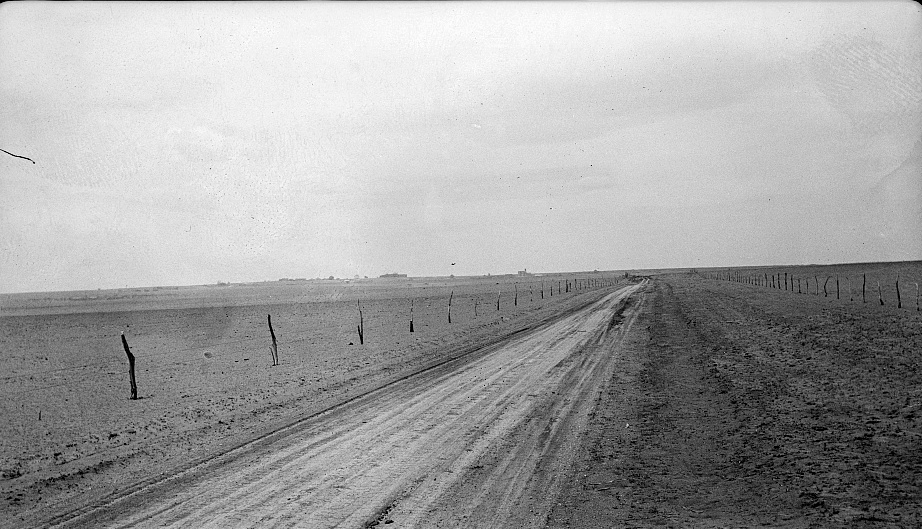
Dorothea Lange, New Mexico. December, 1935. (Library of Congress.)
The word propinquity refers to spatial nearness, to a physical or psychological proximity that both informs—and is informed by—personal connection. (The propinquity effect, for example, is the tendency to form friendships, even romantic relationships, with those in our midst.)
Hard to imagine just now, obviously.
The opposite of propinquity is distance, the uncertain space between things. That word has a fascinating etymology, originating in Latin with distantia—a standing apart. (In Italian, distare means “to distance” but also includes in its root form the verb stare—to be.) In Medieval France, “distance” might refer to anything from dispute and controversy to quarrel and rebellion, the sorts of conditions intensified by spatial expanse, amplified by physical separation. In contemporary usage, it’s a competitive, rather than compassionate word: going the distance is a euphemism for endurance, while leaving someone in the distance is to surpass them.
Distance was always territorial.
But remove the interpersonal dynamic and a different narrative emerges: now it’s about the distance between you and your work. Emotional distance promotes objectivity. Physical distance reasserts scale. Distance is now a method, a formal maneuver that conveys perspective, establishes context, anchors perception, and supports truth.
Social distance, however, is not as easily maneuvered, and can just as easily distort truth. (One sees qualities at a distance, wrote Victor Hugo, and defects at close range.) But is that such a bad thing? Thoreau believed having one’s friends at a distance made the earth seem more spacious, while Emerson, in spite of his staunch views on individualism, described friends as the masterpiece of nature, and friendship as too good to be believed. To miss one’s friends was to experience the sensation, as he so eloquently put it, of infinite remoteness.
Infinite remoteness, indeed. Standing apart, while essential for public health, is not so easy for mental health.
Will social alienation make us a socially alien nation?
It bears saying that technology in general (and social media in particular) served to socially distance us long before quarantine ever did. It led us to alternative ways to gather, united us around shared affinities, and introduced radical new modes of kinship. Sustained not so much by physical proximity as by shared values, we have learned to navigate, in both real and asynchronous time, to connect as we need.
Just not, perhaps, as we want.
Propinquity, in this context, has more to do with functional than physical distance. And who is to say what distance even looks like? Six feet? Six miles? Six thousand miles? Perhaps what sustains us in our infinite remoteness is just this: the understanding that we don’t know the difference, and that it doesn’t really matter. Distance is not territorial: it’s immaterial. We find each other because we can.
The Self-Reliance Project is a daily essay about what it means to be a maker during a pandemic. Sign up to get it delivered to your inbox here.

